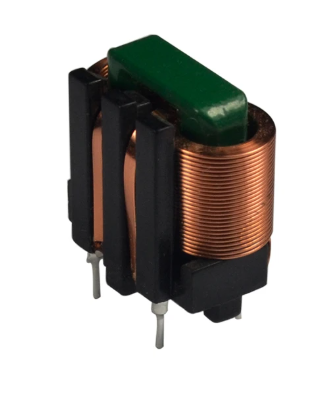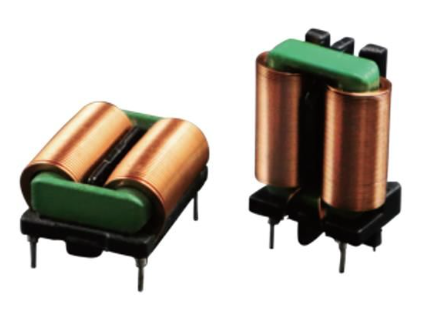Directional Couplers: Key Components for Power Monitoring and Signal Division
Directional couplers are indeed key components for power monitoring and signal division in communication systems. They’re versatile tools that enable precise control and analysis of signals without disrupting the main transmission path. Let’s break down why they’re critical for these roles, keeping it focused and practical.
Power Monitoring
Directional couplers excel at sampling a small, controlled portion of the signal traveling in one direction (forward or reverse) while ignoring the other. This makes them indispensable for:
Real-Time Power Measurement: By tapping off, say, 10 dB or 20 dB of the signal, they feed it to a power meter or spectrum analyzer. This is clutch in RF systems like cellular base stations or satellite transponders to ensure amplifiers aren’t overdriven.
Fault Detection: Sampling reflected power (via the reverse port) reveals impedance mismatches or damaged components—think coax cables in a 5G tower or waveguides in radar.
Feedback Loops: In transmitters, they provide data to adjust output power dynamically, maintaining efficiency and signal quality.
Their directionality (high isolation between ports) ensures the sampled signal doesn’t mix with reflections, giving accurate readings. For example, a 20 dB coupler siphons off 1% of the power, leaving 99% to continue—non-invasive and effective.
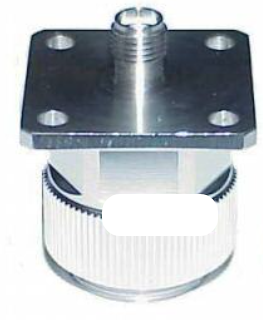
Signal Division
For splitting signals, directional couplers are the go-to for controlled, predictable power distribution:
Equal or Unequal Splitting: A 3 dB hybrid coupler halves the power between two outputs (e.g., feeding dual antennas), while a 10 dB coupler might send 90% one way and 10% another. This flexibility suits applications like phased arrays or distributed antenna systems (DAS).
Phase Control: Types like quadrature (90°) or 180° hybrids add a phase shift, critical for beamforming in 5G or MIMO setups where signal direction matters.
Low Loss: Unlike resistive splitters, they minimize signal degradation, preserving quality in high-frequency networks (microwave, millimeter-wave, or optical).
Why They’re Key
Non-Disruptive: They tap signals without cutting the line, unlike T-junctions or splitters that alter the path.
Precision: Coupling factors are engineered (3 dB, 6 dB, etc.), so you know exactly what’s diverted or monitored.
Versatility: From RF to optical domains, they adapt—coaxial for Wi-Fi, waveguides for radar, fiber for telecom.
Reality Check
The hype around cutting-edge couplers (e.g., ultra-wideband microstrip) can overshadow simpler designs. A basic coupled-line coupler still nails power monitoring in narrowband systems at a fraction of the cost. Don’t buy into the “newer is always better” narrative—context matters.
Email us
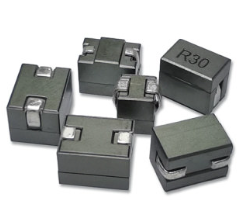 Through-Hole SMD High Current Power Inductor low DCR high saturation current
Through-Hole SMD High Current Power Inductor low DCR high saturation current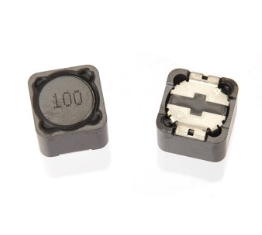 High-Current SMD Power Inductor for DC-DC Converters Small Size SMD Power Inductor, High Efficiency, Ultra-Low DCR
High-Current SMD Power Inductor for DC-DC Converters Small Size SMD Power Inductor, High Efficiency, Ultra-Low DCR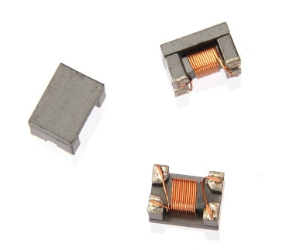 High-Current SMD Common Mode Inductor for Power Supply EMI Suppression Low Profile, for Space-Constrained Applications
High-Current SMD Common Mode Inductor for Power Supply EMI Suppression Low Profile, for Space-Constrained Applications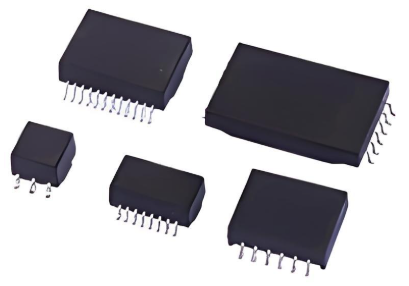 Signal Transformer
Signal Transformer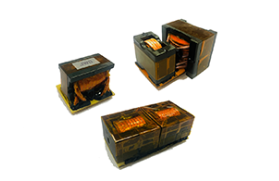 Power Transformer
Power Transformer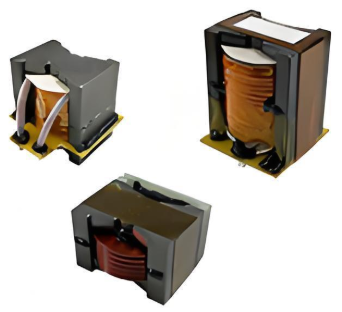 High-Current Power Inductors | Low-Loss, High-Efficiency Designs for Switching Power Supplies
High-Current Power Inductors | Low-Loss, High-Efficiency Designs for Switching Power Supplies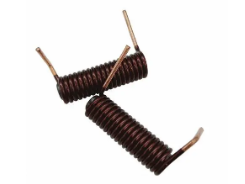 Ferrite Rod Inductor: High Saturation R-Bar Inductors for Power Circuits
Ferrite Rod Inductor: High Saturation R-Bar Inductors for Power Circuits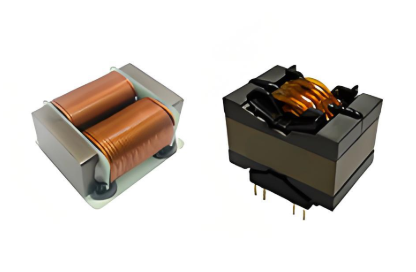 PFC Inductor: Power Factor Correction Inductors for Improved Efficiency
PFC Inductor: Power Factor Correction Inductors for Improved Efficiency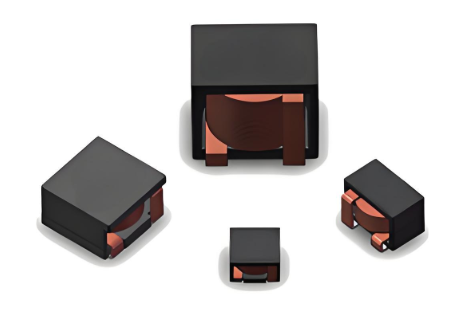 Flat Wire Inductor: High Efficiency Flat Wire Inductors for Power Applications
Flat Wire Inductor: High Efficiency Flat Wire Inductors for Power Applications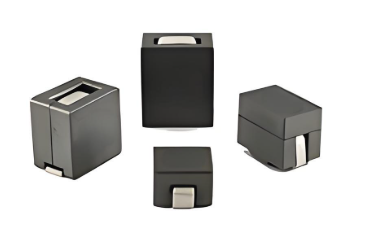 Power Bead Inductor: High Current Power Bead Inductors for Efficient Filtering
Power Bead Inductor: High Current Power Bead Inductors for Efficient Filtering SMD Power Inductors
SMD Power Inductors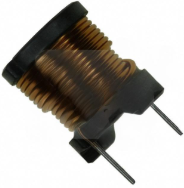 Power Line Chokes
Power Line Chokes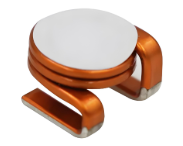 High Current Power Inductors
High Current Power Inductors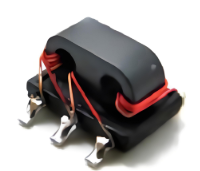 Power Splitters/Dividers/Combiners
Power Splitters/Dividers/Combiners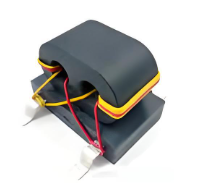 Directional Couplers
Directional Couplers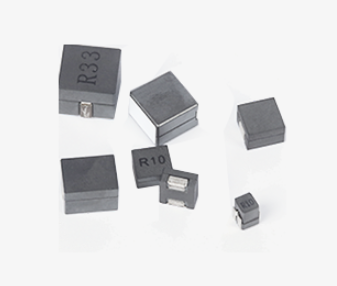 Bead type high current power inductor
Bead type high current power inductor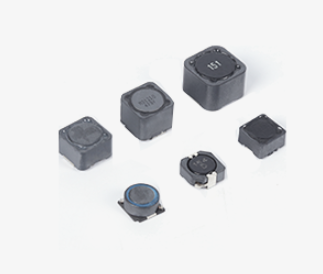 Shielded SMD power inductor
Shielded SMD power inductor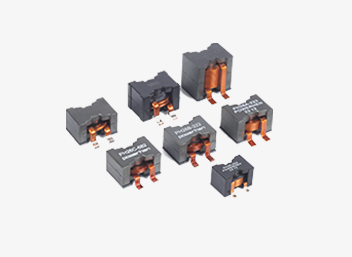 SMD high current power inductor
SMD high current power inductor
- Directional Couplers: Key Components for Power Monitoring and Signal Division

Directional couplers are indeed key components for power monitoring and signal division in communication systems. They’re versatile tools that enable precise control and analysis of signals without ...
- Designing Efficient Directional Couplers for Signal Isolation and Coupling
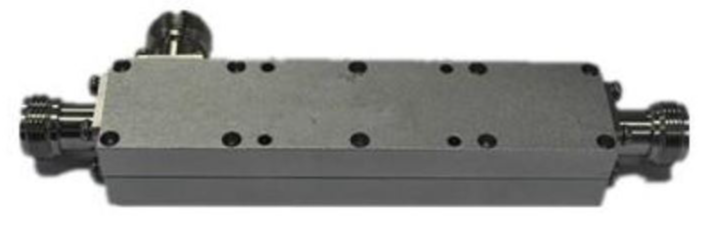
Designing efficient directional couplers for signal isolation and coupling in microwave and RF systems is a balancing act of performance, practicality, and application-specific constraints. These devi...
- Power Splitters, Dividers, and Combiners: Essential Components for Signal Distribution
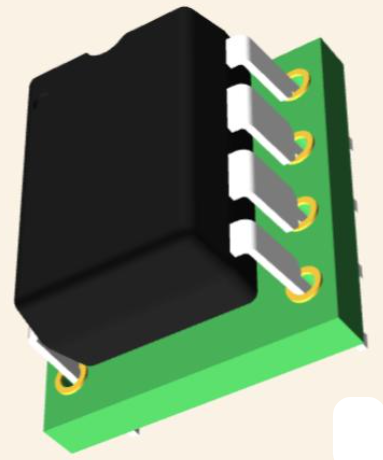
Power splitters, dividers, and combiners are indeed essential components for signal distribution in RF, microwave, and communication systems. They manage how signals are split into multiple paths or m...
- Understanding the Basics of Directional Couplers in RF Systems

Directional couplers are fundamental components in radio frequency (RF) systems, used to sample a small portion of the signal traveling through a transmission line while maintaining the signal’s dir...
- The Role of Directional Couplers in Microwave and RF Engineering

Directional couplers play a pivotal role in microwave and RF engineering, where their ability to manage high-frequency signals with precision and minimal disruption makes them foundational components....
- Applications and Types of Directional Couplers in Communication Networks
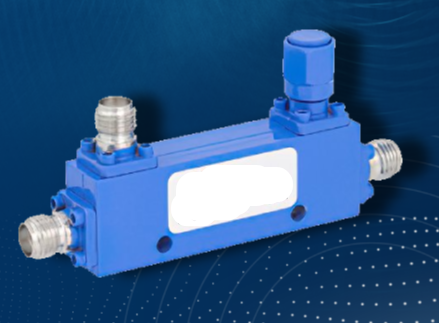
Directional couplers are essential components in communication networks, widely used for their ability to split, combine, or sample signals while maintaining directionality. Below, I’ll outline thei...
- Exploring the Performance Characteristics of Directional Couplers in High-Frequency Systems
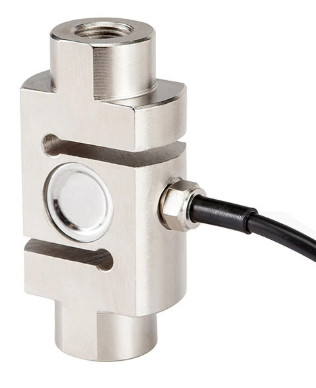
Exploring the performance characteristics of directional couplers in high-frequency systems (think RF, microwave, and millimeter-wave, from 1 GHz up to 100 GHz or more) reveals why they’re so critic...
- High Current Inductors: Key Components in Modern Power Electronics
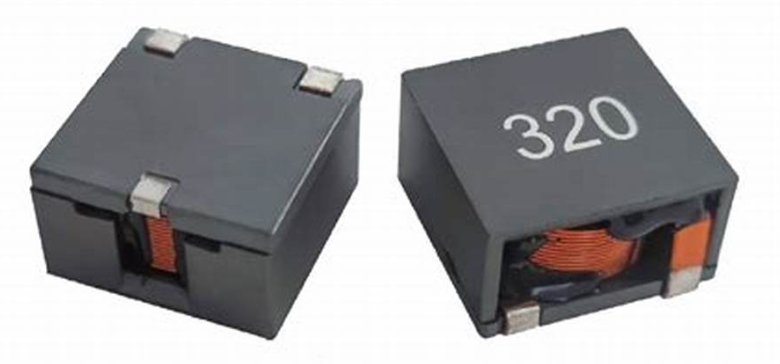
High current inductors are indeed key components in modern power electronics, serving as the backbone for energy storage, filtering, and power management in systems pushing 10 A to hundreds of amps. F...
- Common Mode Chokes in Power Supply Systems: Enhancing Signal Integrity
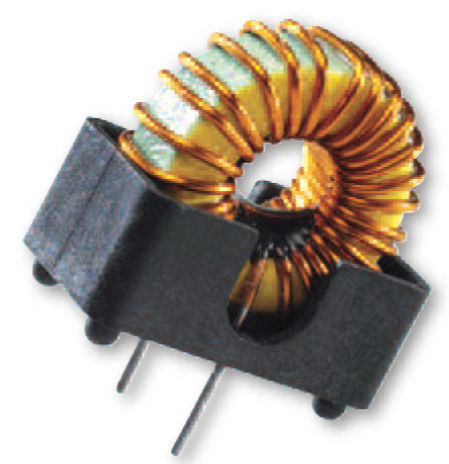
Common mode chokes (CMCs) are clutch in power supply systems for enhancing signal integrity, especially where noise can corrupt sensitive circuits or radiate into the environment. In these systems—t...
- Selecting the Right High Current Power Inductor for Your Circuit
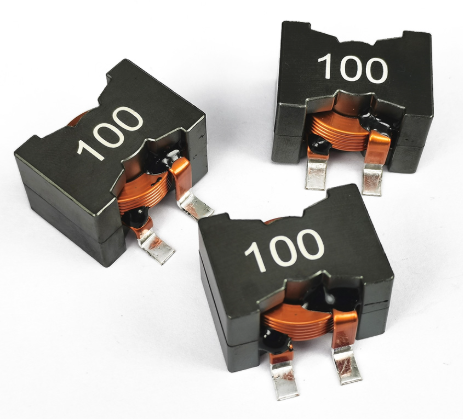
Selecting the right high current power inductor for your circuit is about matching the component’s specs to your application’s demands—current, frequency, efficiency, size, and cost all play a r...
- High Current Power Inductors: Design and Applications
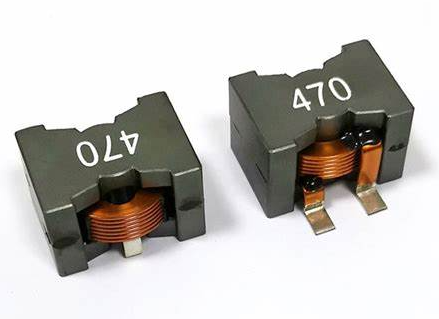
High current power inductors are heavy-duty components built to handle significant current (think 10 A to 100s of A) while storing energy, filtering signals, or managing power in demanding systems. Un...
- Applications of Power Splitters and Combiners in RF and Microwave Systems

Power splitters and combiners are workhorses in RF and microwave systems, enabling signal distribution and aggregation across a huge range of applications. From splitting a signal to feed multiple ant...
- Understanding the Differences Between Power Splitters, Dividers, and Combiners
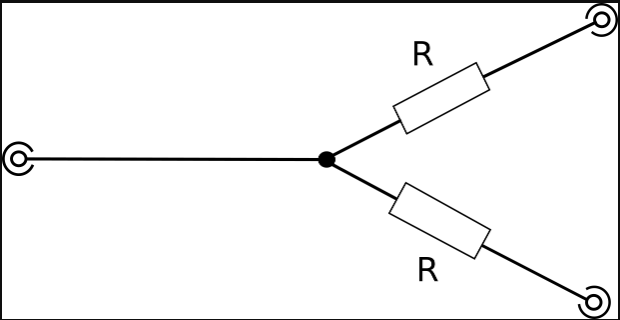
Core DefinitionsPower SplittersWhat: Devices that take one input signal and split it into two or more outputs, often implying a simple, equal division.Intent: Basic signal sharing across multiple path...
- Advancements in High Current Inductor Technology for Power Supplies
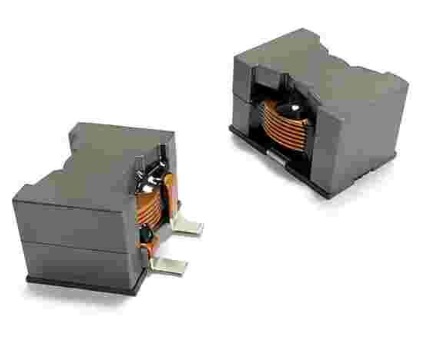
Advancements in high current inductor technology for power supplies have been driven by the relentless push for efficiency, compactness, and performance in modern applications like EVs, 5G infrastruct...
- Understanding the Performance Characteristics of High Current Power Inductors
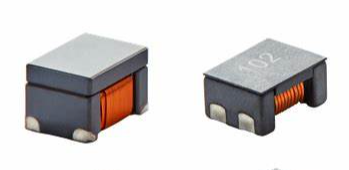
Understanding the performance characteristics of high current power inductors is crucial for picking the right one and ensuring it thrives in your circuit—whether it’s handling 10 A in a small PSU...
- High Current Inductors: Innovations and Trends in Power Conversion

High current inductors are at the heart of power conversion, and recent innovations and trends are pushing them to handle more current (10 A to 500 A+), higher frequencies (up to 5 MHz), and tighter s...
- Flat Wire vs Round Wire Inductors: Key Differences, Performance Comparison, and Best Applications for Power Electronics
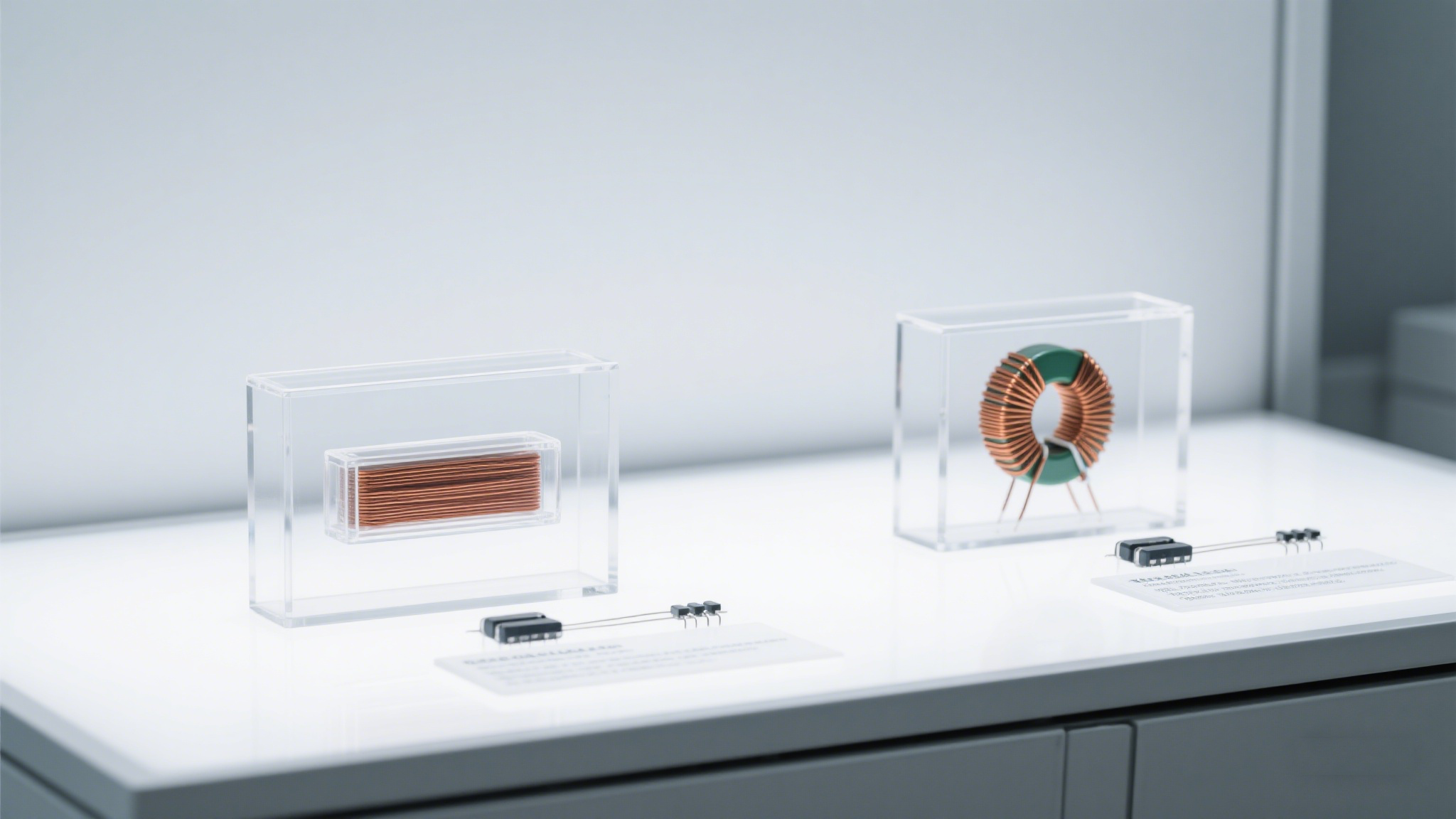
Introduction: Why Compare Flat Wire and Round Wire InductorsIn power electronics design, selecting between flat wire inductors and round wire inductors impacts system effi...
- Exploring the Performance Characteristics of Directional Couplers in High-Frequency Systems

Exploring the performance characteristics of directional couplers in high-frequency systems (think RF, microwave, and millimeter-wave, from 1 GHz up to 100 GHz or more) reveals why they’re so critic...
- Designing Efficient Directional Couplers for Signal Isolation and Coupling

Designing efficient directional couplers for signal isolation and coupling in microwave and RF systems is a balancing act of performance, practicality, and application-specific constraints. These devi...
- The Role of Directional Couplers in Microwave and RF Engineering

Directional couplers play a pivotal role in microwave and RF engineering, where their ability to manage high-frequency signals with precision and minimal disruption makes them foundational components....
- Directional Couplers: Key Components for Power Monitoring and Signal Division

Directional couplers are indeed key components for power monitoring and signal division in communication systems. They’re versatile tools that enable precise control and analysis of signals without ...
- Applications and Types of Directional Couplers in Communication Networks

Directional couplers are essential components in communication networks, widely used for their ability to split, combine, or sample signals while maintaining directionality. Below, I’ll outline thei...
- Understanding the Basics of Directional Couplers in RF Systems

Directional couplers are fundamental components in radio frequency (RF) systems, used to sample a small portion of the signal traveling through a transmission line while maintaining the signal’s dir...
Inductor Supplies - Jepsun Tech Corporation
JEPSUN INDUSTRIAL is committed to always being one of our customers' favorite suppliers.
+86755-29796190 +8615920026751 sales@jepsun.com
Huangjiazhongxin building Donghuan Road Longhua District SHENZHEN City, GUANGDONG Prov. CHINA 518000

